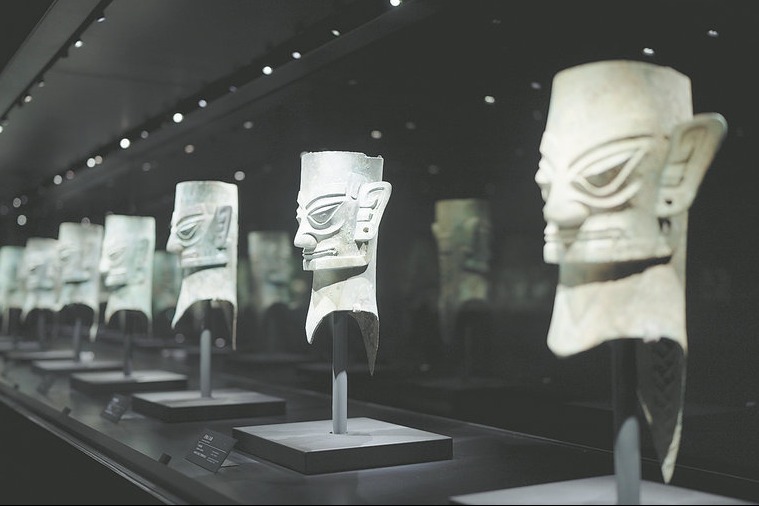An aura of mystery
By Cheng Yuezhu | China Daily | Updated: 2021-07-27 08:03

For example, from a Qing Dynasty (1644-1911) painting, Meng detected and retraced the way ancient women painted their eyebrows. Although the painting shows a woman playing Go, it is the oil lamp placed at the edge of the table that captured her attention.
As the oil burns, the soot accumulates on a tray below. Then reading through ancient novels and handbooks, Meng discovered that ancient women collected the soot to paint their eyebrows.
"We are often restricted by the need to extract abstract concepts from our research subjects, while it's the minute yet substantial details that reflect the nature of an era," Meng says.
Many readers on review site Douban comment that the book's detailed account of ancient lifestyle reveals to them the ingenuity and intelligence of Chinese women through the ages.
"In ancient China, the voice of women was suppressed. Despite that, women were able to create many interesting, subtle and nonverbal ways to express themselves. Their ways of expression are 'en pointe' and tug at my heartstrings," Douban user Sanliy writes.
"The examination of objects in ancient texts usually serves two purposes: it helps to understand the original text; it is also a process of aesthetic appreciation. The book is written in a pleasant style that is more natural and comprehensible than academic articles," another user Lige writes, adding that the book also shows how ingenious women of those times were.
























